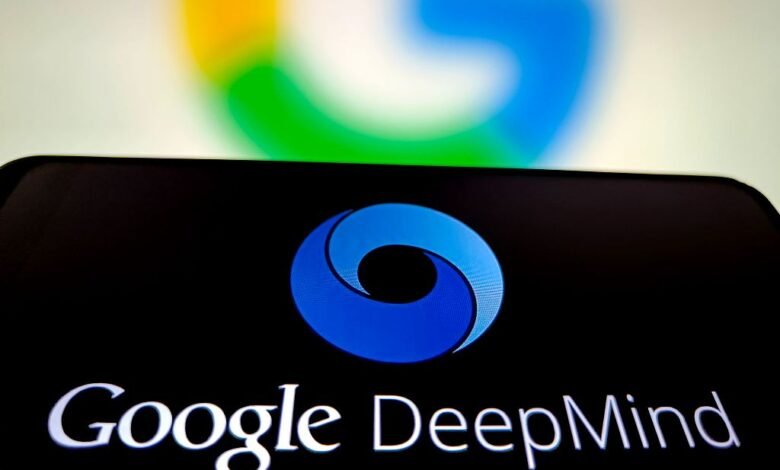DeepMind’s Genie 3: A Breakthrough Toward AGI

▼ Summary
– Google DeepMind unveiled Genie 3, a foundation world model seen as a key step toward artificial general intelligence (AGI), capable of generating diverse, interactive 3D environments.
– Genie 3 improves upon its predecessor by producing longer (minutes vs. seconds), higher-resolution (720p) simulations and features “promptable world events” for dynamic changes.
– The model maintains physical consistency over time by remembering past outputs, an emergent capability not explicitly programmed, enabling intuitive physics understanding.
– Genie 3 is designed to train general-purpose agents through simulated environments, supporting self-driven learning, though current limitations include short interaction times and restricted agent actions.
– DeepMind researchers believe Genie 3 could revolutionize embodied AI training, potentially enabling novel real-world actions akin to AlphaGo’s “Move 37” breakthrough.
Google DeepMind’s latest AI innovation, Genie 3, represents a significant leap toward artificial general intelligence (AGI) by creating dynamic, interactive virtual worlds. This advanced foundation model builds upon its predecessor, Genie 2, and integrates capabilities from DeepMind’s video generation system, Veo 3, to produce remarkably coherent 3D environments in real time.
Unlike earlier narrow AI systems, Genie 3 operates as a general-purpose world model, capable of generating both photorealistic and fantastical settings from simple text prompts. The model produces extended sequences, lasting several minutes, at 720p resolution and 24 frames per second, a substantial improvement over Genie 2’s 10-20 second outputs. What sets it apart is its ability to maintain physical consistency over time, an emergent feature that wasn’t explicitly programmed but arises from the model’s memory of prior simulations.
Researchers highlight Genie 3’s potential beyond entertainment and education. Its true breakthrough lies in training AI agents for general-purpose tasks, a critical step toward AGI. By simulating diverse, interactive environments, the model provides a testing ground where AI can learn through trial and error, much like humans. Unlike traditional physics engines, Genie 3 teaches itself how objects interact, developing an intuitive grasp of movement, collisions, and cause-and-effect relationships.
However, challenges remain. While the model supports promptable world events, allowing users to modify environments dynamically, agents still face limitations in executing complex actions. Simulating interactions between multiple independent agents remains difficult, and current runtimes max out at a few minutes, far shorter than the hours needed for robust training.
Despite these hurdles, Genie 3 marks a pivotal advancement. It enables AI agents to plan, explore, and adapt autonomously, moving beyond reactive behaviors toward self-directed learning. Researchers compare its potential to DeepMind’s AlphaGo, which famously demonstrated creative problem-solving beyond human intuition. With further refinement, Genie 3 could unlock new frontiers in AI development, bringing us closer to machines that think and learn like humans.
(Source: TechCrunch)






